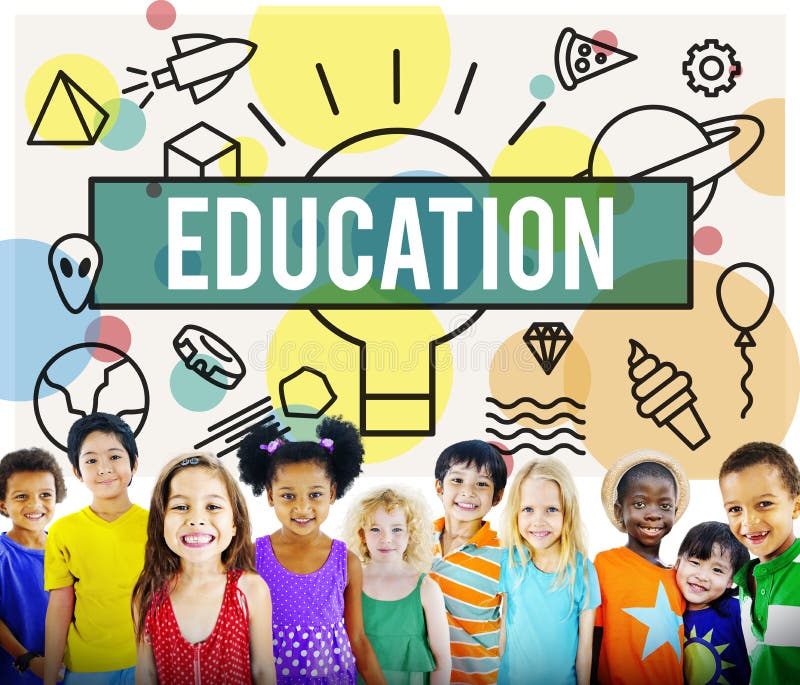The Duty of Education And Learning in Structure a Comprehensive Educational Website for All
The role of education in establishing a thorough educational website for all is significantly identified as necessary in today's diverse culture. This questions invites additional expedition into the dynamics of instructional equity and effectiveness.
Relevance of Inclusivity

When instructional sites prioritize inclusivity, they produce a society of belonging where every student feels valued and empowered. This setting urges energetic participation, partnership, and shared respect among students, assisting in stronger social connections. In addition, inclusive practices add to enhanced academic end results, as trainees are more probable to involve with the curriculum when they see their identities reflected and respected.
In addition, inclusivity prepares trainees for a varied workforce and culture, equipping them with the abilities required to browse and contribute positively to different environments. By welcoming inclusivity, educational websites not only meet their ethical obligations but also enrich the academic landscape, inevitably benefiting trainees, educators, and the neighborhood at huge. Fostering inclusivity is necessary for the advancement of equitable and efficient education and learning.
Leveraging Technology for Learning
Including innovation into academic websites boosts inclusivity by providing diverse understanding devices and resources customized to individual requirements. Digital platforms permit the integration of multimedia resources, such as videos, interactive simulations, and gamified discovering experiences, which cater to varying finding out designs. This availability guarantees that students can engage with material in manner ins which resonate with them, cultivating a deeper understanding of subject.
Moreover, technology helps with real-time comments and customized learning paths. With adaptive learning modern technologies, academic sites can evaluate private performance data, enabling tailored content shipment that satisfies each learner's rate and effectiveness degree. This technique not just boosts interaction however also empowers pupils to take possession of their understanding journey.

Innovative Training Techniques

One prominent approach is project-based understanding (PBL), which motivates students to take part in hands-on projects that resolve complex questions or challenges. This strategy cultivates cooperation, imagination, and analytic skills, all of which are important in today's workforce. In a similar way, flipped class have gained grip, where traditional understanding is reversed; pupils evaluate lecture products in your home and take part in interactive activities throughout class time, promoting much deeper understanding and retention.
An additional significant fad is the assimilation of gamification into education. By including game elements right into lessons, educators inspire students and enhance involvement with competitors and benefits. Additionally, set apart instruction tailors finding out experiences to meet the varied requirements of pupils, enabling for customized knowing courses that adapt to varying capacities and interests.
Cooperation and Community Building
Often, cooperation and area building are recognized as vital parts of effective education, fostering a helpful and comprehensive understanding environment. These elements create a structure where students, teachers, and area members can take part in meaningful interactions, improving the academic experience for all participants.
Collaboration encourages the sharing of ideas, sources, and competence, facilitating a richer learning process. This vibrant aids to break down silos within the instructional ecological community, promoting interdisciplinary methods that can attend to complex problems. By working together, teachers can create innovative curricula that mirror diverse viewpoints while meeting the diverse demands of trainees.
Neighborhood building goes hand in hand with partnership, as it grows a sense of belonging amongst all stakeholders. When individuals feel attached to their instructional neighborhood, they are more probable to spend time and sources into cumulative objectives. This shared commitment can lead to boosted motivation, boosted academic outcomes, and better retention rates.
Moreover, cultivating partnership and area structure can also expand past the classroom, involving moms and dads, neighborhood companies, and services. These partnerships can give support and sources that enhance educational opportunities, ultimately adding to an extra detailed instructional website for all.
Determining Success and Influence
The efficiency of cooperation and neighborhood structure in educational setups can be assessed via various metrics that determine success and impact. These metrics might include pupil involvement degrees, academic efficiency, retention prices, and community comments. By employing quantitative information such as test scores and college graduation rates, view publisher site academic stakeholders can gauge the total efficiency of joint initiatives.
Additionally, qualitative evaluations, such as studies and focus teams, offer important understandings into individual fulfillment and perceived advantages of community-building activities. Regularly tracking these metrics enables instructors to identify areas of toughness and those needing enhancement, making certain that collaborative efforts continue to be impactful and focused.
In addition, longitudinal research studies can aid determine the long-lasting results of educational partnerships on student results and neighborhood development. These evaluations can expose trends with time, showing just how continual collaboration promotes a setting for discovering and development.
Ultimately, defining success in academic settings requires a diverse technique, incorporating both qualitative and quantitative data. By constantly reviewing the influence of partnership and community-building efforts, academic websites can improve their approaches, guaranteeing they fulfill the varied requirements of all stakeholders included.
Verdict
Finally, education acts as a keystone in developing link a thorough a fantastic read instructional site that prioritizes inclusivity for all learners. By integrating ingenious mentor techniques, leveraging technology, and fostering partnership within areas, a engaging and encouraging understanding setting is developed. These aspects not only enhance customized understanding experiences however likewise grow a culture of belonging. Eventually, the dedication to inclusivity and equity prepares pupils for success in an interconnected and varied globe, strengthening the transformative power of education - School Drillers Education Insight.
The importance of inclusivity in educational sites can not be overemphasized, as it plays an important duty in cultivating a discovering setting that fits diverse histories and capabilities. Inclusivity guarantees that all students, no matter of their socio-economic condition, ethnicity, sex, or discovering capabilities, have fair accessibility to educational sources and chances.When educational websites prioritize inclusivity, they develop a culture of belonging where every student really feels valued and empowered. By welcoming inclusivity, academic websites not only accomplish their ethical commitments however additionally enhance the instructional landscape, eventually benefiting trainees, educators, and the neighborhood at large.The efficiency of collaboration and neighborhood building in academic setups can be analyzed via different metrics that determine success and effect.